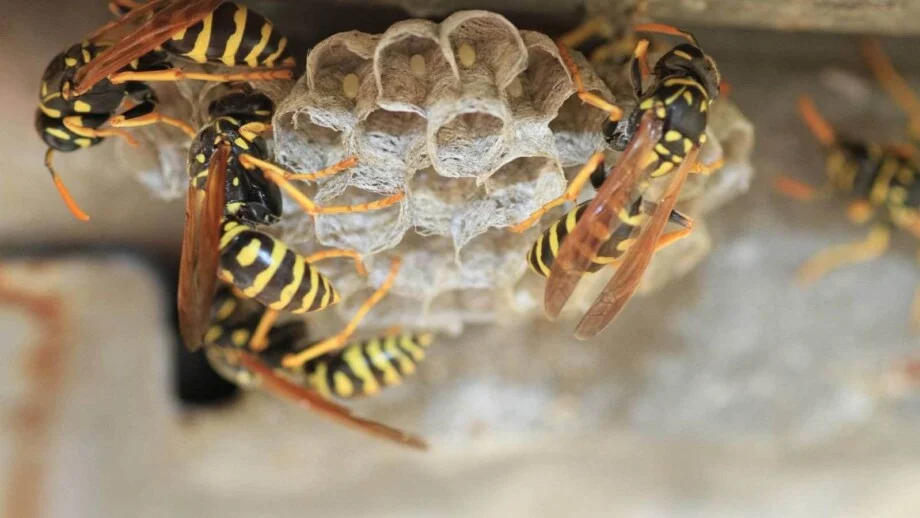Seeing hornets buzzing around your home can be unnerving, especially if you’re worried about painful stings. If you’re trying to get rid of hornets, you’ll need a solid plan to remove their nests safely and prevent them from coming back. While these stinging insects play an important role in the ecosystem, having them too close to your home can be a problem. Here’s what you need to know about hornet nest removal and prevention.
Steps to Remove a Hornet Nest
Taking down a hornet nest is not a task to rush into. Proper planning and safety measures are crucial to avoid getting stung. Follow these steps to remove a nest effectively:
Step 1: Plan Your Approach
Before you begin, gather everything you need, such as protective clothing, a ladder (if the nest is elevated), a garbage bag, and an insecticide designed for hornets. Having everything on hand will make the process quicker and safer.
Step 2: Choose the Right Time
Hornets are most active during the day and return to their nest at night. The best time to remove a nest is after sunset, when most hornets are inside and less aggressive. Use a dim flashlight to avoid attracting them to you.
Step 3: Use an Approved Hornet Spray
Spray the nest with a quick-knockdown insecticide specifically labeled for hornets and wasps. A foam or jet spray allows you to attack from a safe distance. Aim for the nest entrance, and thoroughly coat it to ensure all hornets inside are affected.
Step 4: Bag and Dispose of the Nest
Once you’re sure the hornets are dead, carefully remove the nest using a thick garbage bag. Seal the bag tightly and dispose of it in an outdoor trash bin away from your home.
Step 5: Wear Protective Gear
Thicker clothing, gloves, and safety goggles can help minimize the risk of stings. If possible, wear a bee suit with a face veil to protect your eyes and face.
Step 6: Consider Professional Help
If the nest is too large or located in a tricky spot like a wall cavity or attic, hiring a pest control expert is the safest option. Professionals have the right equipment and expertise to remove hornets without putting you at risk.
What NOT to Do When Removing Hornets
- Avoid daytime removal – Hornets are more active during the day, making it more likely that you’ll be stung.
- Never use gasoline – Pouring gasoline on a nest is extremely dangerous and can lead to fires or harmful fumes.
- Don’t swat at hornets – Disturbing them can cause a swarm attack, increasing the risk of multiple stings.
How to Prevent Hornets from Returning
Even after removing a nest, hornets can return if conditions remain favorable. Here’s how to keep them away for good:
- Seal Entry Points: Check your home for cracks, holes, or gaps where hornets could enter and build nests. Pay special attention to attics, eaves, and vents.
- Reduce Food Sources: Keep trash cans tightly sealed, clean up sugary spills, and remove fallen fruit from your yard.
- Set Up Traps: Hornet traps baited with sugar water can help catch lingering hornets and reduce their numbers.
- Use a Fake Nest: Hornets are territorial and won’t build a nest near another one. Hanging a decoy nest in your yard may keep them from settling nearby.
- Maintain Your Yard: Trim overgrown bushes and trees where hornets like to build their nests.
Are Hornet Nests Dangerous?
Hornets are generally not aggressive unless provoked, but their stings are painful and can trigger allergic reactions. A disturbed hornet releases a chemical signal that calls others to attack, making it crucial to approach a nest with caution.
Final Thoughts
If you need to get rid of hornets, following the right steps can make the process safer and more effective. Always prioritize safety, and if the infestation is severe, don’t hesitate to call a pest control professional. With the right approach, you can remove hornets and prevent them from coming back.




